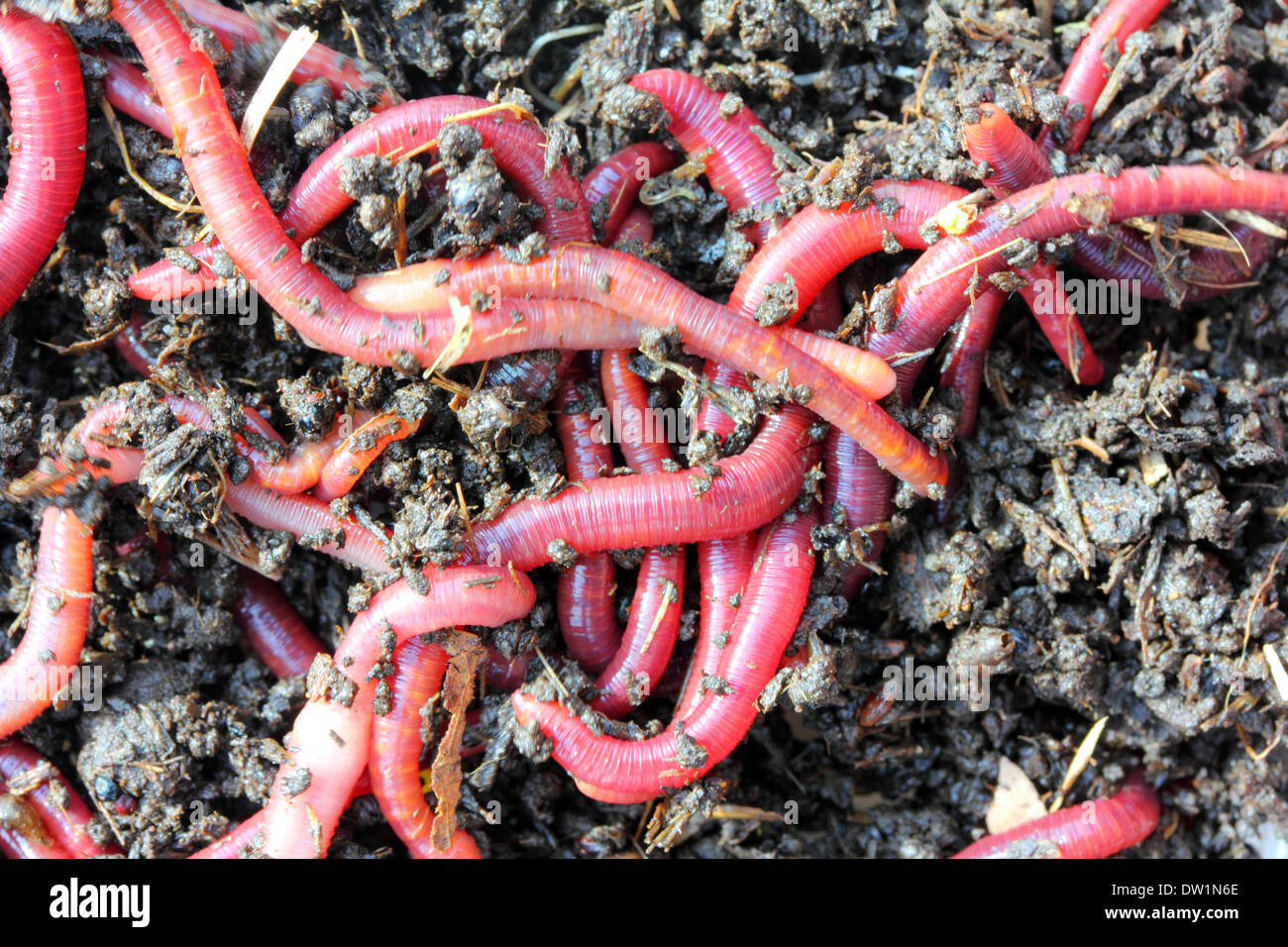
The worm has a small mouth located at the front of its head. Both sexes possess this gland, but only the female worm will use it to produce cocoons.Ī red wiggler worm can grow up to four inches in length but is usually only about two and a half inches. The clitellum, or saddle-like reproductive gland, is located about two-thirds of the way down the worm's body. The worm is red or reddish-brown in color and has a smooth, cylindrical shape. Rather, it thrives within the soils of leaves litter, manure, and decomposing vegetation. As one of the Epigeic class of compost worms, the red wiggler usually does not appear in soils. Red wigglers are commonly known as Eisenia fetida, a composting worm. This guide will tell you everything you need to know about keeping these little guys happy and healthy! Introduction to the Red Wiggler: Anatomy, Reproduction and Life Cycle

Looking to start a worm composting bin? Red wigglers, or Eisenia fetida, are the most common type of worm used for composting and can be found by searching online. This guide will also explain the importance of raising and keeping red wigglers for compost. Red wiggler: information on breeding, lifecycle, and reproduction. This guide aims at giving you a deeper look at the Salt is harmful to worms.Guide to Red Wiggler Composting Worms: Everything You Need to Know Additionally, take care that you do not use water from a chlorinated water source, or water which has had potassium added to soften it. If you feel the bin is too dry, you can try using a spray bottle to spray small amounts of water in the worm bin. This will not only kill the fruit flies, but it will kill your worms as well.Ī properly maintained worm bin should have sufficient liquid being generated from the food scraps to supply sufficient water for the worms. Whatever you do, don't spray them with fly spray.

Keeping a sheet of newspaper on the top of the top tray helps also because the fruit flies cannot get down to the food. Completely burying your food in the bedding material will additionally help to discourage fruit flies. You can try putting dry peat moss in the tray about ½ in thick and leave it dry for about three days. maybe it could be possible to co-exist with these little critters.įruit flies are a common nuisance, usually caused by food not being properly buried in the bedding material. Meanwhile, remember that earthworms are helping to fertilize your soil and make it healthy.

If you know or hear of any other ways, please let us know. We don’t know of any effective way to do this without the use of strong pesticides.


 0 kommentar(er)
0 kommentar(er)
